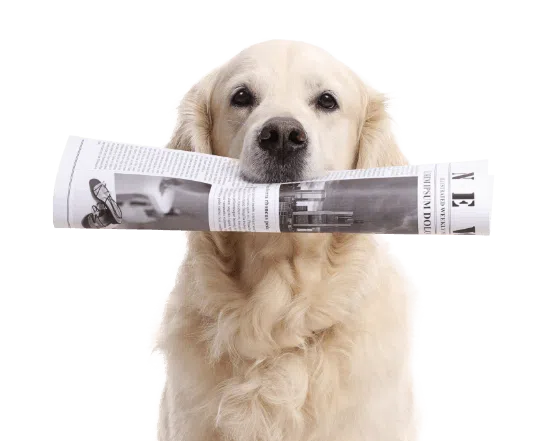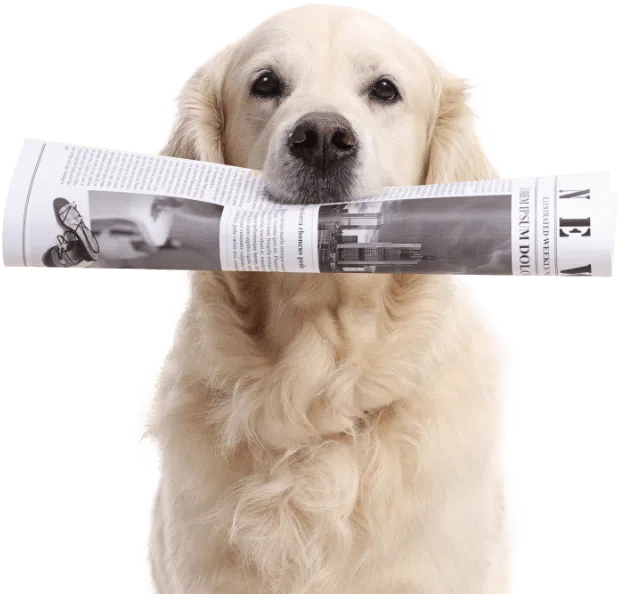High-quality veterinary radiology images are essential for accurate diagnoses and treatment planning. According to several pieces of American Veterinary Medical Association research, radiology imaging is the most commonly used diagnostic tool in veterinary medicine, with 75% of all diagnostic imaging procedures involving radiography. Radiology imaging allows veterinarians to visualize internal structures of the body, such as bones, organs, and soft tissues, which helps identify abnormalities or diseases. Here are some relevant points regarding the importance of high-quality veterinary radiology images:
Accurate diagnosis:
High-quality radiology images can provide clear and detailed images of the animal’s internal structures, allowing veterinarians to identify abnormalities or injuries that may not be visible through physical examination alone. Accurate diagnosis is crucial for effective treatment planning and management. Radiology imaging is also critical in diagnosing and treating animal respiratory diseases. The University of Georgia, through their studies, observed that radiography is the primary diagnostic tool for respiratory diseases in horses, with high-quality images providing crucial information on the location and severity of the disease.
Treatment planning:
Radiology images can help veterinarians determine the extent of an injury or disease and plan appropriate treatment. High-quality images can provide more information, leading to better treatment planning and, ultimately, better outcomes for the animal. High-quality radiology images can also help identify and treat orthopedic injuries in animals. From the conclusions of a study conducted by the University of California, Davis, advanced imaging techniques, such as computed tomography (CT) and magnetic resonance imaging (MRI), can provide more detailed information on bone and joint injuries in animals, leading to better treatment outcomes.
Minimizes unnecessary procedures:
Poor-quality images can lead to misinterpretation and misdiagnosis, which can result in unnecessary procedures that are stressful and potentially harmful to the animal. High-quality images can reduce the need for repeated procedures, saving time and minimizing stress for the animal.
Better communication with pet owners:
When high-quality images are available, veterinarians communicate better with pet owners about the animal’s condition and treatment options. Clear images make it easier for pet owners to understand what is happening and feel more involved in decision-making. Honest and effective conversations are pivotal in establishing trust between the doctor and the patient’s family and formulating the next steps in their journey toward recovery.
Cost-effective:
The need for costly and invasive procedures can be avoided with the help of high-quality radiology images. Higher-quality images are more cost-effective with the reduction in retakes, additional exposures, and increased efficiency. They can also lead to faster diagnosis and treatment, ultimately reducing the overall cost of veterinary care.
Improved safety:
High-quality images can help veterinarians identify potential risks and complications associated with procedures, allowing them to take appropriate precautions to minimize the risk of harm to the animal. In their attempt to examine the radiation doses received by animals during routine radiography procedures, the Journal of the American Veterinary Medical Association noticed that some animals were receiving doses that exceeded recommended levels, particularly in cases where multiple radiographs were taken or where the animal was larger in size. Therefore, to eliminate such devastating possibilities, limiting your pet’s exposure to radiation is always better. The solution is high-quality radiology images with the help of tools like Keystone Omni.
In conclusion, high-quality veterinary radiology images are essential in veterinary medicine as they provide accurate diagnoses, aid in treatment planning, minimize unnecessary procedures, improve communication with pet owners, and are cost-effective. Additionally, they improve safety by identifying potential risks and complications associated with procedures, allowing veterinarians to take appropriate precautions to minimize the risk of harm to the animal. Investing in high-quality radiology images can ultimately lead to better outcomes for animals and save time, money, and stress for pet owners and veterinarians alike.
Book a Demo of Keystone Omni Now
Submit images directly through Asteris Keystone or via our free and simple Asteris Keystone Community application.
Blog
the latest Updates from Asteris
If you like this post you might like this
Subscribe to our newsletter
don't miss out the updates
from asteris
Sign up to our newsletter to stay in the loop.

